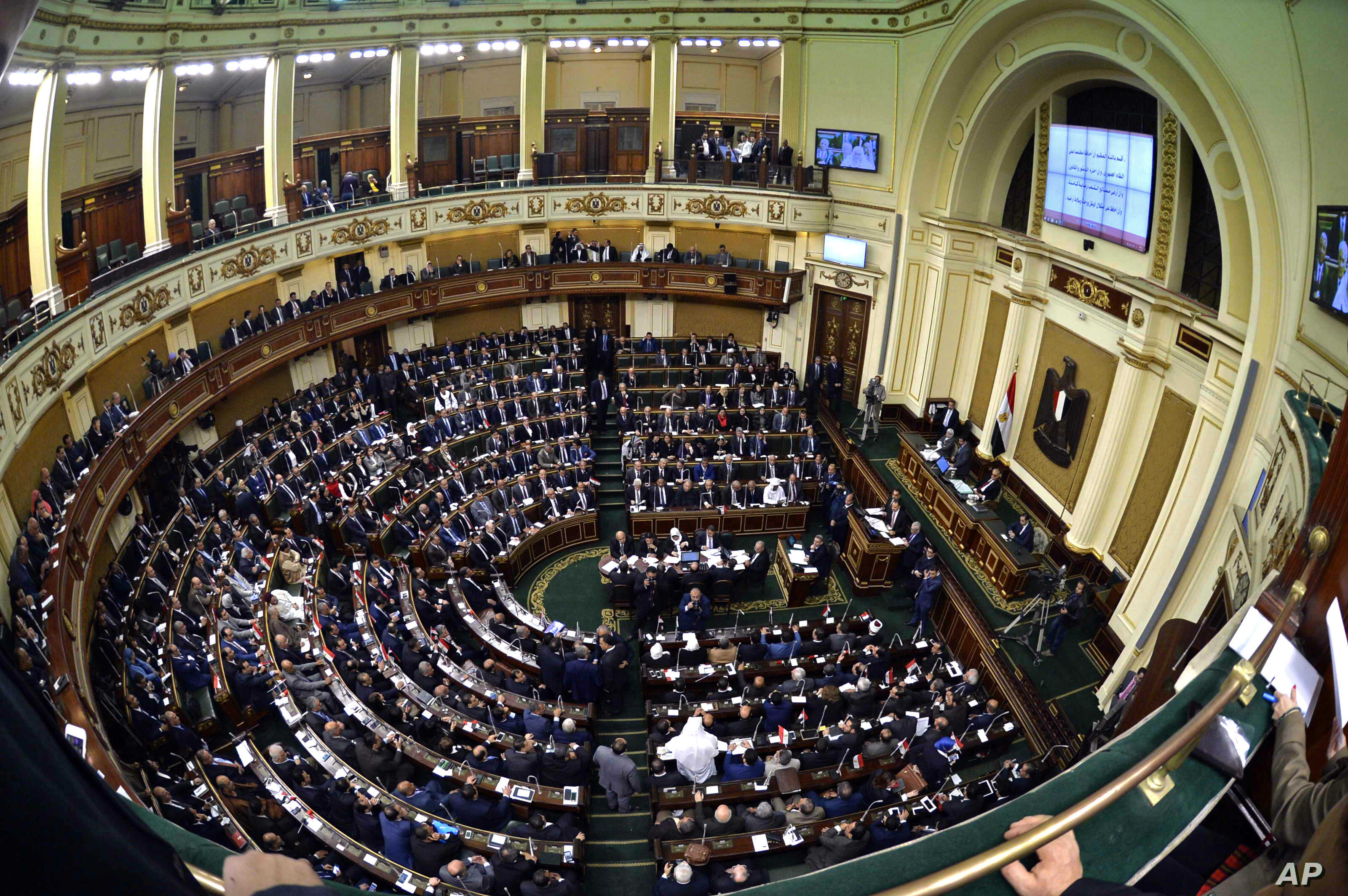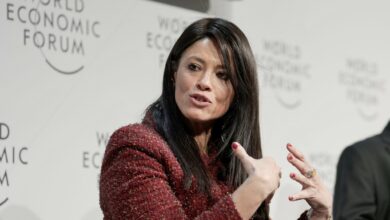
Sabah Mohamed's fear of the LE500 fine imposed on non-participant eligible voters in the House of Representatives elections forced her to cut short her visit to relatives in the Monufiya governorate and return to Giza to cast her vote.
"I do not know the names of candidates. But after I heard about the fine imposed on non-participant voters, I returned immediately and voted for two candidates I know nothing about," said Mohamed.
Egyptian women have been the driving force of the electoral process because of their high turnout, from the March 19, 2011 constitutional referendum to the House of Representatives elections in 2015.
President Abdel Fattah al-Sisi has called specifically on women to participate in the ongoing House of Representatives elections in a speech on October 17, one day ahead of the elections, describing Egyptian women as the "icon of national action and the symbol of sacrifice for the homeland".
The ratio of participant female voters in the 2014 constitutional referendum was 55 percent of the total votes. In the 2014 presidential elections, the ratio of female participant voters reached 54 percent.
Political leaders have thus been keen to reassure women of their safety in taking part in the electoral process. The National Council for Women issued a statement saying that council representatives would be at polling stations to detect any violations against female voters during the House of Representatives elections. It distributed leaflets on the importance of female participation in the elections, saying it would achieve stability and democracy.
Despite the low turnout of voters which stood at 1.19 percent on the first day of the House of Representatives elections, the ratio of female participants who voted was four times the ratio of male voters, according to the High Elections Commission.
More than 200 headlines in Egyptian newspapers were dedicated to female voters over the past two days in an attempt to reassure women and prompt their participation in the House of Representatives elections, according to the HRDO Center to Support Digital Expression.
On the other hand, the HRDO Center issued a statement on Monday stating that the ratio of female candidates stood at only 5.6 percent, equal to 308 candidates, out of a total 5,420 candidates for individual seats. The statement pointed out that the ratio of female candidates in the 2011 parliamentary elections was 9 percent, while it was 8 percent in the 2010 parliamentary elections.
The political parties were committed to the minimum ratio of female candidates on party lists, enforced by Article 5 in Law 46 of 2014.
The law sets a minimum three-female-candidate quota on each party list.
The number of female candidates made up 47 percent of party lists in the 2015 House of Representaives elections, according to HRDO.
The decline in female candidate representation by political parties shows that female representation came only in compliance with the law and not out of a belief in the empowerment of women, in light of the distrust voters have in female candidates, the HRDO statement mentioned.




